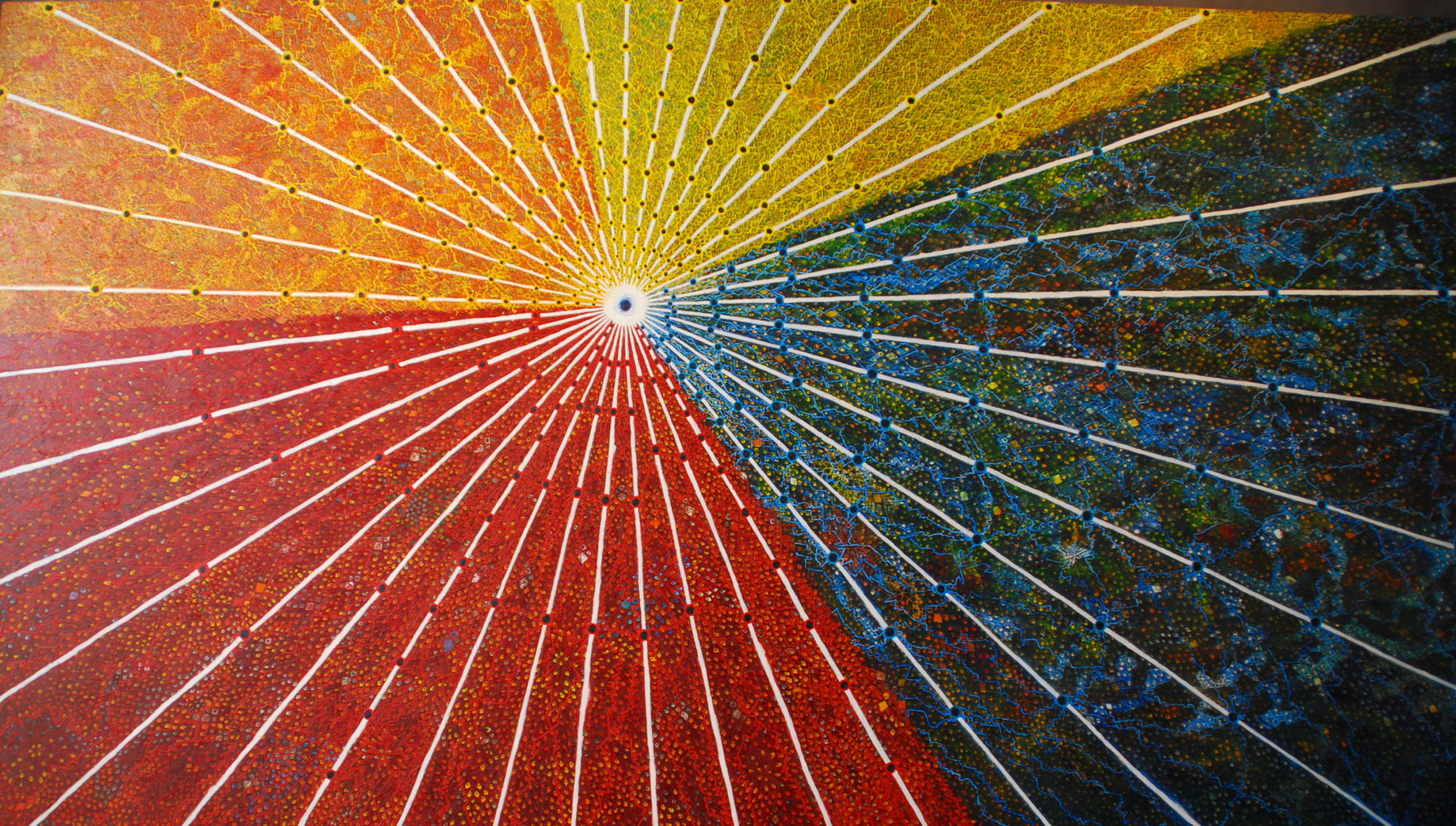The Classic Inca Trail is a four day hike, covering 26 miles. Here’s how it broke down for us.
Day 1
Around 5:30 a.m., we board a bus in Cusco and travel 1.5 hours to Ollantaytambo, where we have a chance to eat breakfast and grab any last minute items we forgot. We then continue on to the start of the Inca Trail, where we pass through the official checkpoint, take a group photo, and begin our day’s 12 kilometers of hiking.
This is the easiest day and the hiking takes place along what is referred to as the “Inca Flat.” Apparently Peruvians have a very different idea of flat than I do, because we are pretty much going uphill most of the time. The ascent isn’t extreme, but we do gain over 1,500 feet during the course of the day, with one rather steep section. A good introduction, it gets our lungs burning and our hearts panting.
During the morning, we follow the course of the Urubamba River, stopping to allow locals with their llamas to pass, to learn about the use of native plants, and to see our first set of ruins.
Lunch comes late, at around 2:30, and it’s a lot more food than we are expecting, a lot more food than I usually like to eat when I hike. Two more hours of uphill walking leads us to our first camp, in the rural setting of Wayllabamba. After another multi-course meal, we all fall into our tents, exhausted after a long day of walking and so very thankful for the porters who have everything so perfectly set up when we arrive. They are absolutely incredible, carrying giant packs and practically running the trail as we pant along at a snail’s pace. I’m in awe.
Day 2
The crow of a rooster wakes us before our official 5:30 a.m. wake-up time. Another 12 km day awaits us, but this one promises to be much more difficult as it involves going up, up, up, up, up, and up. For five hours, we haul ourselves up to the aptly-named Dead Woman’s Pass. We break it into three sections; the first section is a short one that involves only one hour of hiking before a short stop where the group, all moving at different paces, regroups.
The next stretch is two hours and involves climbing step after step after step. Luckily, the climb is through beautiful cloud forest, the waterfalls and flowers and hummingbirds inspiring us to continue putting one foot in front of another.
A mini-lunch of sandwiches, popcorn, and tea awaits us at the next break, as does the first real rain of our trip. With two hours of climbing in front of us, we can’t wait it out, so we set out in the rain, which fortunately doesn’t last more than an hour. We’ve now passed beyond the tree line and must clamber up a dirt path, the scrub bushes on the side of the path serving as mini-goals—just 10 more yards and then I can catch my breath.
The final ascent to the 4,200 meter pass, the highest elevation on the trail, involves a steep staircase.
We drag ourselves up it, and then from the top, look down in awe at the distance we have covered.
Unfortunately, we can’t bask in the glory for long as the hard work isn’t over. To get to the Paqaymayu campsite, the day’s destination, we now must descend 700 meters. Thanks to the day’s rains, the stone steps are slippery and in parts it seems like we’re walking down a waterfall. It’s slow going, but thanks to the day’s early start, we arrive in camp in early afternoon, where we pass the rest of the day eating (or at least that’s how it seems with lunch, tea, and dinner following one after another).
To Be Continued…
(Sorry, I hate those endings too, but my connection is slow right now making the illustrating of the text with photos brutal. Plus I have an early morning flight back to Lima, so this will have to do for now. Check back Friday for the final installment.)












You must be logged in to post a comment.